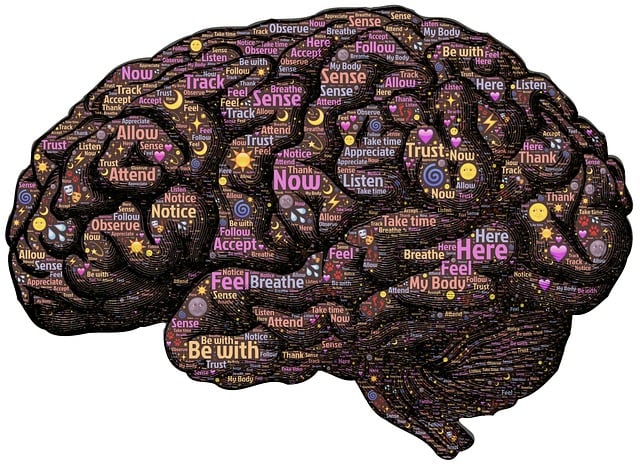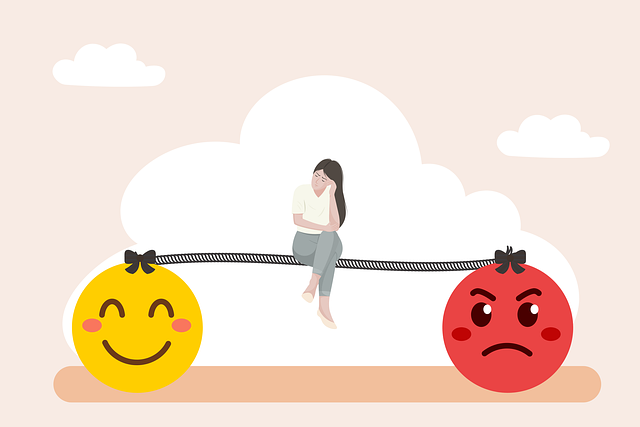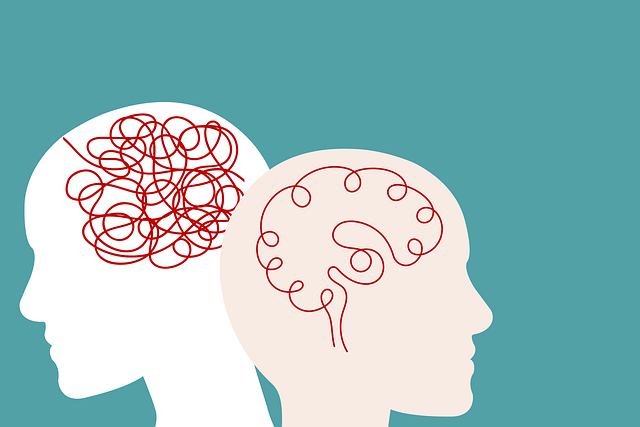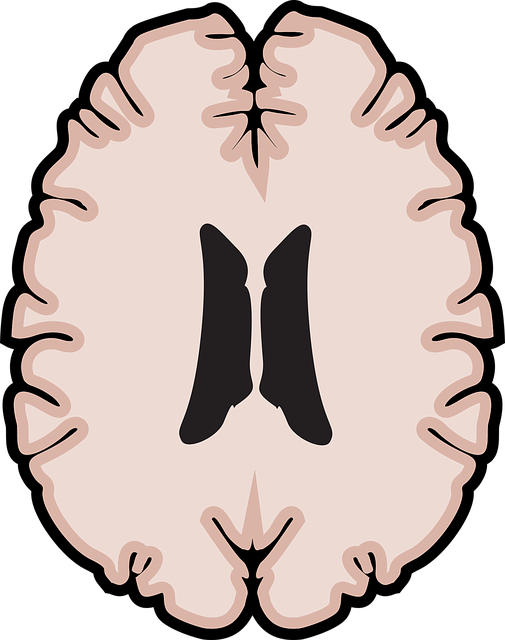La meditación consciente es una herramienta efectiva para el bienestar emocional de los niños hispanohablantes, ofreciendo un enfoque culturalmente sensible en la terapia. Al incorporar prácticas de mindfulness adaptadas a su edad y cultura, las familias pueden cultivar habilidades de afrontamiento y mejorar la salud mental. Crear un espacio tranquilo y significativo, con elementos culturales relevantes, facilita la conexión y reduce el estrés. Comenzar con rutinas cortas y divertidas, modelando comportamientos conscientes, es clave para formar hábitos exitosos. Esta práctica promueve la resiliencia y la comunicación abierta, beneficiando a niños y familias en intervenciones terapéuticas y cotidianas.
“Unleash the power of mindfulness meditation, a transformative practice that benefits children of all backgrounds. This comprehensive guide explores how mindfulness can be tailored to meet the unique needs of Spanish-speaking families, offering a soothing therapy for kids. Learn about the profound advantages, from improved focus to enhanced emotional well-being. Discover practical tips on creating a safe space, implementing a structured routine, and seamlessly integrating mindfulness into daily activities. Empower your little ones with these valuable tools.”
- Understanding Mindfulness Meditation for Children
- The Benefits of Mindful Practice in Spanish-Speaking Homes
- Creating a Safe and Supportive Environment
- Step-by-Step Guide to Starting a Meditation Routine
- Incorporating Mindfulness into Daily Routines and Activities
Understanding Mindfulness Meditation for Children

Mindfulness meditation is a powerful tool for children, offering a gentle and effective approach to emotional healing processes. Unlike traditional therapy, which often involves talking through feelings, mindfulness encourages kids to focus their attention on the present moment, observing thoughts and sensations without judgment. This simple yet profound practice can help young individuals cultivate mental wellness and develop valuable coping skills.
For Spanish-speaking families seeking therapy for children, incorporating mindfulness meditation into their cultural competency training with healthcare providers can be immensely beneficial. By understanding and embracing these practices, caregivers can support their children’s emotional well-being and create a safe space for them to explore and navigate their feelings. Mindfulness becomes a bridge between home and the clinical setting, fostering open communication about mental health in a way that respects cultural traditions and beliefs.
The Benefits of Mindful Practice in Spanish-Speaking Homes

La práctica de la atención plena en hogares de habla española ofrece numerosos beneficios para el bienestar mental y emocional de las familias. En un mundo donde la salud mental está ganando visibilidad, la terapia a través de la meditación consciente se presenta como una herramienta poderosa, especialmente adaptada a la cultura hispanohablante. Esta práctica antigua, con sus raíces en el budismo, ha evolucionado para convertirse en un recurso accesible y efectivo para mejorar la calidad de vida.
Para los niños que crecen en hogares de habla española, incorporar la atención plena puede ser una experiencia enriquecedora. Los self-awareness exercises (ejercicios de autoconciencia) adaptados a su edad les enseñan a reconocer y manejar sus emociones, fomentando así habilidades de regulación emocional. Además, al integrar estas prácticas en un contexto culturalmente sensible, se crea un espacio seguro donde los individuos pueden explorar su mente y conectarse con sus sentimientos sin barreras lingüísticas o sociales. La cultural sensitivity in mental healthcare practice (sensibilidad cultural en la práctica de la salud mental) es clave para asegurar que las intervenciones terapéuticas sean efectivas y bien recibidas por las comunidades hispanas, contribuyendo al desarrollo de public awareness campaigns (campañas de concienciación pública) dirigidas a promover la salud mental en estos sectores.
Creating a Safe and Supportive Environment

Crear un espacio seguro y de apoyo es fundamental al introducir a los niños en la meditación mindfulness. En un entorno libre de juicios y lleno de calidez, los pequeños se sienten más cómodos explorando sus emociones y desarrollando una mayor conciencia de sí mismos. Esto es especialmente relevante para los niños hispanohablantes que pueden beneficiarse de la práctica como terapia complementaria, mejorando su salud mental y emocional.
Al establecer esta rutina, considera incorporar elementos culturales relevantes para conectar con la comunidad de habla española. La música suave, historias tradicionales o incluso el uso del español durante las sesiones pueden hacer que la experiencia sea más acogedora. Además, fomentar un ambiente tranquilo y apacible ayuda a regular sus sistemas nerviosos, promoviendo así la práctica de la atención plena y fortaleciendo su resiliencia y inteligencia emocional, lo cual es crucial para la crisis intervención y el bienestar general.
Step-by-Step Guide to Starting a Meditation Routine

Starting a meditation routine can be transformative for both adults and children, offering a powerful tool for stress reduction and mental wellness. For Spanish-speaking families, incorporating mindfulness practices into daily life can be an accessible therapy for children while also fostering cultural sensitivity in mental healthcare practice. Here’s a simple step-by-step guide to get you started:
1. Find a Quiet Space: Create a peaceful environment free from distractions. Even a small corner of your home can do, making it a dedicated meditation space. This consistency is key to forming a routine.
2. Set Realistic Goals: Begin with short sessions—just 5-10 minutes a day—and gradually increase the duration as you and your child become more comfortable. Consistency trumps intensity every time.
3. Choose a Technique: Simple breathing exercises or body scans are excellent for beginners. These practices can be adapted to suit various ages and comfort levels, making them ideal for families.
4. Incorporate Culture: Use language and imagery that resonate with your child’s cultural background. For example, if certain words or concepts feel more familiar, incorporate them into your meditation script. This approach cultivates a sense of safety and belonging.
5. Model the Behavior: Children often mirror their parents’ behaviors. If you practice mindfulness openly, they are more likely to be interested in joining you. Even brief moments of shared silence can be teaching opportunities.
6. Make it Fun: Introduce elements of playfulness, like guided meditations tailored to children’s interests. There are many apps and online resources designed with young minds in mind, making the practice engaging and enjoyable.
7. Practice Compassion Cultivation: Teach your child to extend kindness towards themselves and others. This is a vital component of mental wellness and can be integrated into daily conversations and meditation scripts.
Incorporating Mindfulness into Daily Routines and Activities

Incorporating mindfulness into daily routines is a powerful way to cultivate mental wellness for both children and their families, especially those who speak Spanish and seek therapy. It’s as simple as bringing awareness to each moment, focusing on the present without judgment. A mindful walk in nature becomes an opportunity to observe the sights and sounds around you, engaging all senses fully. This practice strengthens one’s connection with the present, reducing anxiety and stress.
For Spanish-speaking families, integrating mindfulness can be a valuable tool during crisis intervention guidance sessions. Mindfulness techniques have been incorporated into effective mental wellness podcast series production, offering practical ways to manage stress. By learning simple breathing exercises or body scans, parents and children can develop coping strategies that promote calmness and emotional regulation. These activities foster open communication and create shared moments of peace within the family dynamic, benefiting everyone’s mental health journey.
Mindfulness meditation offers a powerful therapy for children, especially within Spanish-speaking homes, by fostering emotional well-being and mental clarity. By creating safe spaces and incorporating simple practices into daily routines, parents and caregivers can guide young minds towards a deeper sense of calm and focus. The benefits extend far beyond the moment, as mindful habits support children’s overall growth and resilience. This holistic approach to mental health empowers kids to navigate life’s challenges with grace and awareness.














